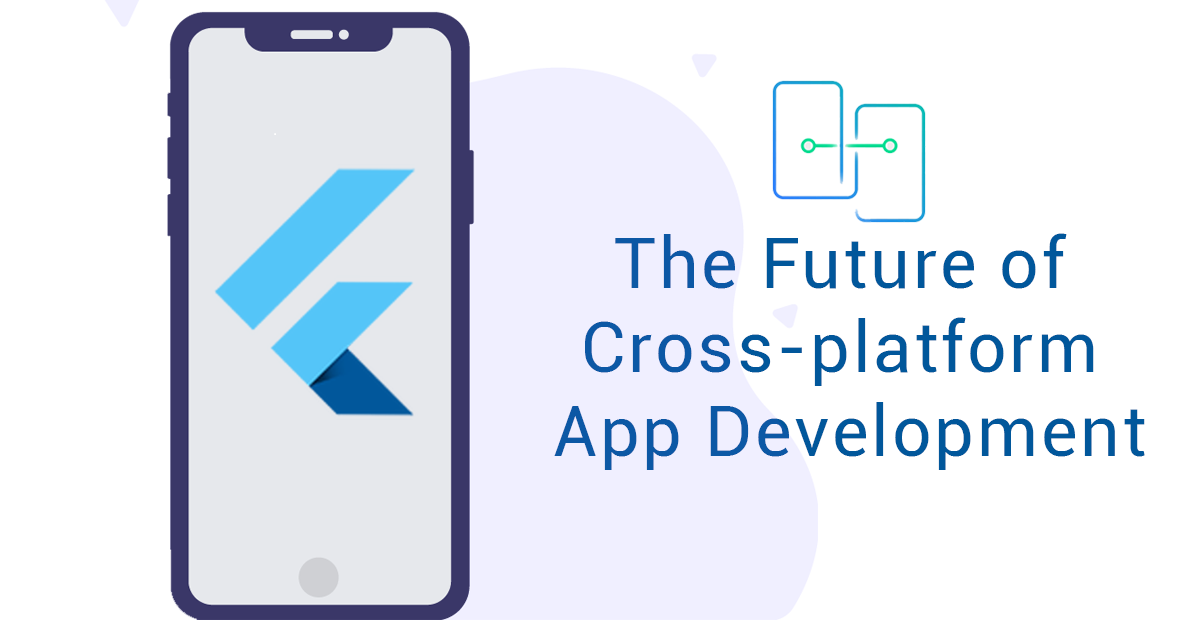Flutter is a free and open source framework that offers the developers to create feature-rich iOS and Android apps. It is designed and managed by Google. Moreover, it is also used to develop Google Fuchsia applications. The project was first announced in 2015, but it first appeared on Github in August 2016.
So, why Flutter? Flutter is already hailed as the best framework for app development. It lets you use Dart and create cross-platform mobile apps that perform similar to native apps.
In this article, we will be exploring what makes Flutter so special and is hailed as the future of app development.
Why is flutter the future of App development?
Flutter comes with tons of amazing advantages over the other current app development framework. When compared with other popular frameworks, Flutter provides more flexibility, native performance and an amazing community to back it up. Also, the fact that it is backed up by Google makes it even more authoritative regarding future updates and support.
So, what makes it tick? Let’s list the pros below.
1. Faster development time
Flutter is easy to use and offers more a faster mean to develop mobile apps. If you ever want a framework that does not only feature rich but also fast, then Flutter is what you need. Hot Reload allows you to see the changes instantly on your device. By using hot reload, it only takes a few moments before a new feature can be added to the list. It can also be used to fix bugs and bring the experimentation on the table.
The other key features that help developers to do faster development includes customizable widgets, shorter app development cycles and so on. Not only that it works nicely and maintains the balance between the developer and designer, but both can also co-operate without being overwhelmed.
2. Easy to learn and master
Another essential aspect that determined the success of a framework is how easy it is to master. The current generation framework needs to understand that no developer wants to go through tons of documentation to get simple things right. Flutter does it and does it well. It offers an easy learning curve. This invites new developers and helps them adopt the framework in their work.
3. One code – two platforms
If you use Flutter, you don’t have to write code for two platforms, i.e., iOS and Android. You need to write code one time, and you are good to go. This also means less testing and better quality assurance for the end product. However, if your both apps are different in features or UI, then they need to be tested differently.
4. Tons of plugins
Flutter comes with tons of plugins. This makes the mobile app development process easier and ensures that features can be added without writing them from scratch. The good news is that you get tons of tools, widgets, plugins, and packages. All of these can be customized according to your requirements. For example, you can easily add Android Material design by using the
5. Amazing performance
Flutter offers great performance out of the box as it is built on top of C++, C, Skia, and Dart. This means that the performance is up to par with the native code when compiled. There is no need for an interpreter as well. Overall, it overcomes the hybrid framework drawback and ensures optimal performance.
Conclusion
All of the above points hints at how Flutter is future ready. It can easily improve the app development process and delivery time. Having reduced the efforts of app development by 23% in terms of time and cost, we can say that Flutter is a boon and the final solution for cross-platform app development.
